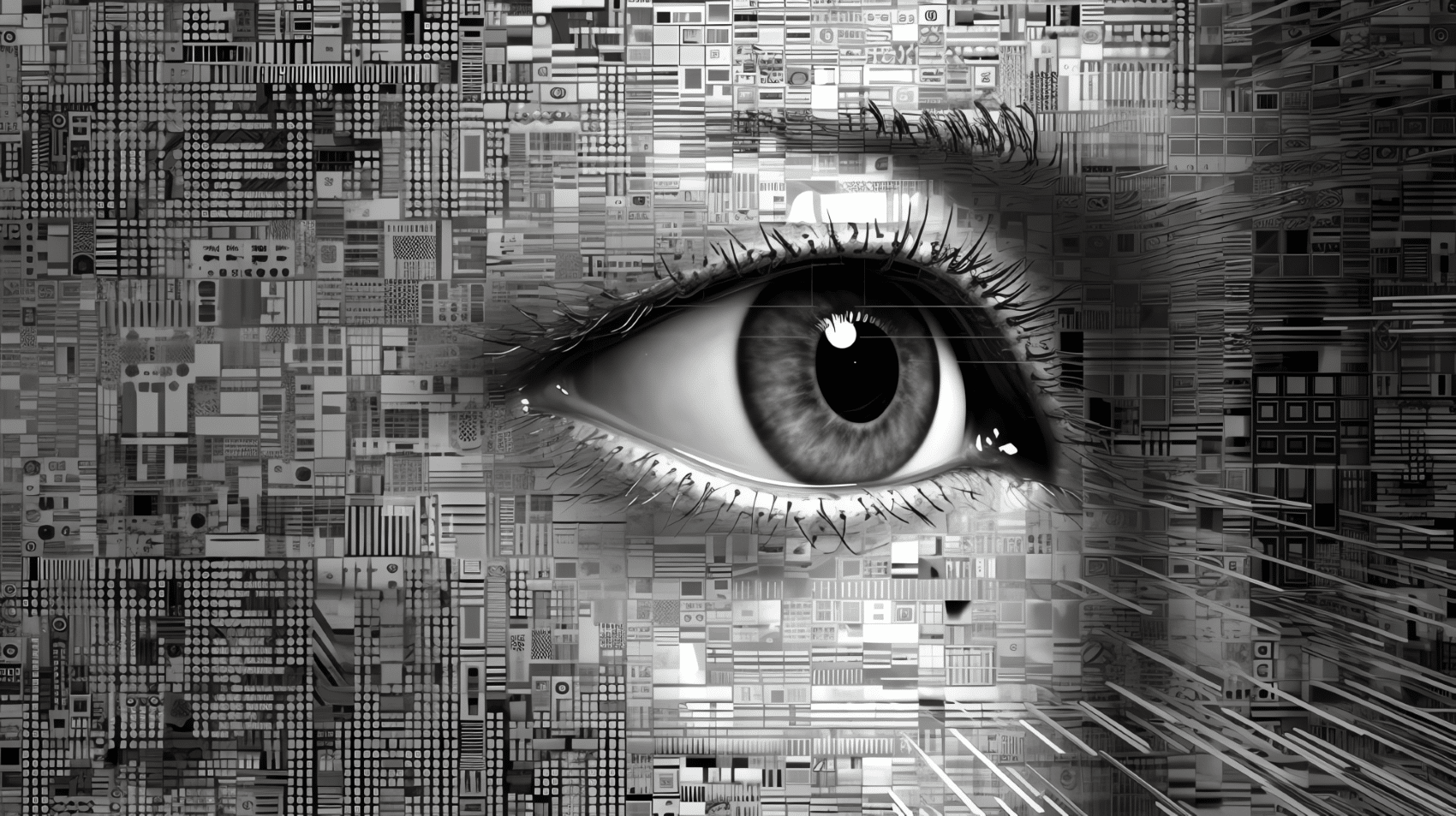Today, the business world is a more dynamic place than ever before. The invention of the telephone and television started an advertising boom. It is no different today with the evolution of digital marketing. Digital marketing has overtaken the marketing world. Producers and sellers can advertise their products and engage with customers on multiple platforms. Businesses are no longer constrained exclusively by advertising in the real world. Take a step back and appreciate how much the world has progressed in the field of digital marketing. Afterwards, think about the possible future of digital marketing.
A Walk-Through Digital Marketing History
Digital marketing is defined as the process of promoting products and services on digital channels. Today, the internet and social media platforms are redefining digital channels. Before the mid-1990’s, the internet was no more than a typewriter. Users couldn’t directly engage with the internet until the first search engine, Netscape. By 1996, there were over 70 million internet users. Product research and email were the first tasks for the internet. Ecommerce wouldn’t take off until the launch of Amazon and ebay, in 1994 and 1995 respectively. Email marketing was the first internet marketing channel. Despite this innovation, consumers were directed towards physical stores, not websites. Razorfish was one of the first to implement SEO. They utilized keyword stuffing and excessive tagging to drive consumers to their website.
The 2001 dot-com bubble burst shifted business’ focus from sales to information sharing and user content. Social media websites flourished during the early 2000’s. Myspace came online in 2003 and Facebook followed in 2004. Users could post photos and comments, but not necessarily shop. Advertisements started to appear with the creation of WordPress in 2003 and YouTube in 2005. Companies raced to collect newfound digital data on their audiences. Companies like Domo and Oracle appeared to specialize in digital data collection and utilization.
The first phones with internet connection were produced by Blackberry in 2003 and Apple in 2007. Blackberry phones were used by a small audience of business professionals. Their smartphones were meant for communication, not shopping. The iPhone revolutionized online shopping and its mass market appeal. For the first time, the everyday consumer could afford an iPhone and shop online. Users were no longer constrained to viewing websites on their home computers. Now, consumers could research and buy products online. Entire industries followed suit as the floodgates opened for online shopping.
The Future of Digital Marketing
In less than 20 years, smartphones overtook our lives, and we are addicted to them. Businesses no longer have to follow one approach when it comes to advertising. The future of digital marketing lies in AI technology, personalized and data-driven content. Chatbots and voice technology are at the forefront of AI technology. Users want a streamlined experience and AI is making it possible. Users want to chat with customer support instead of physically calling them. Chatbots are quicker than humans and learn in real time. Voice search makes it easier for consumers to quickly search and purchase products. There is a short learning curve with voice search because it’s been implemented in texting.
Digital marketing has come a long way in the last 30 years. The internet started out with Netscape, and today, Tik Tok is the most popular social media platform. Watch out for innovations in AI and voice technology. Today’s digital marketing landscape offers endless opportunities for brand messaging and advertising.






